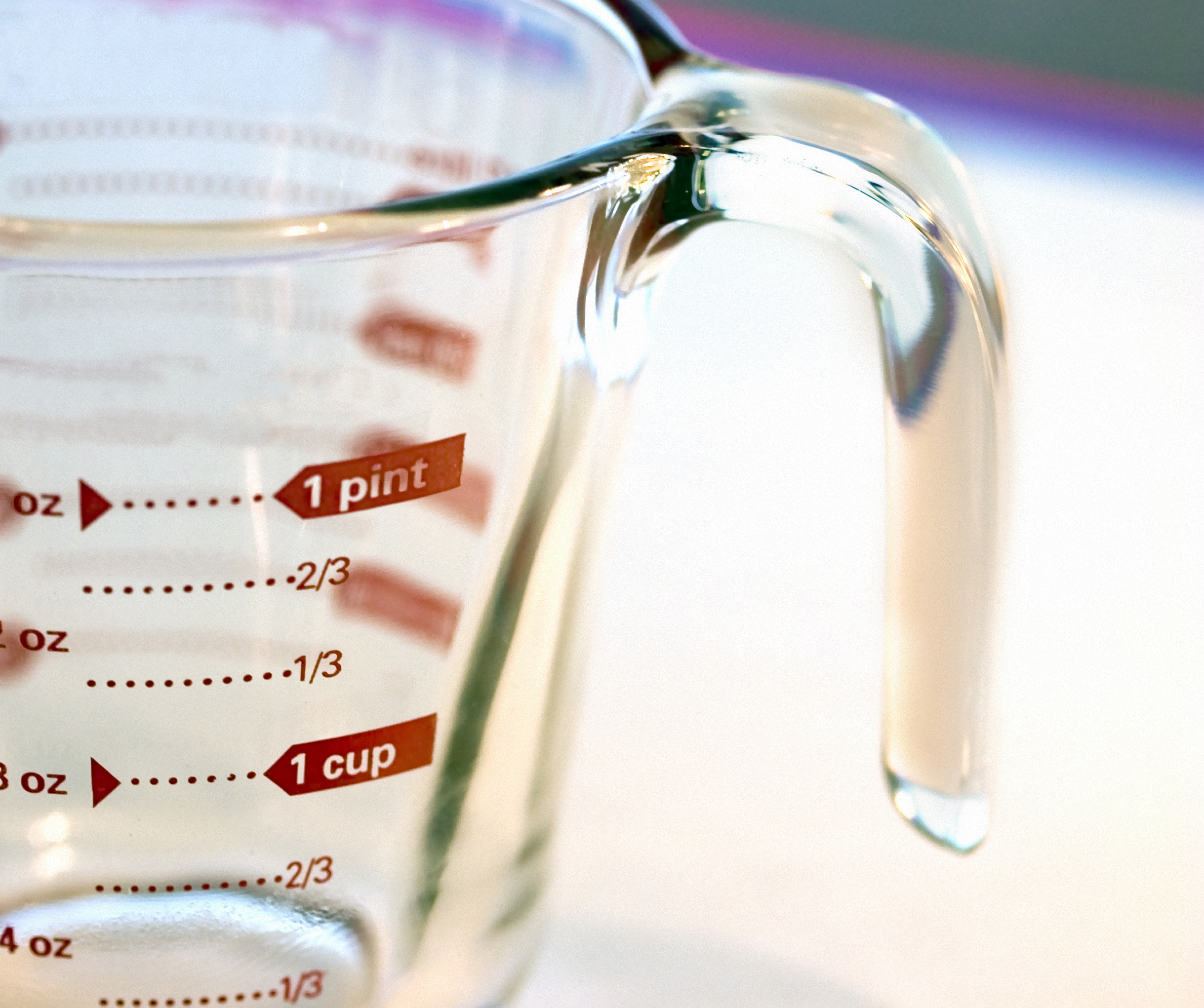The total amount of water in a sq or square lake is decided by calculating the size, the breadth, and level of one’s lake in feet (not meters or inches). Multiply the period by width first. Now multiply that by the range of your pond. To change the number of feet to gallons, multiply the total feet by 7.5. EXAMPLE: The pond is 12’long, 6’broad and 4’deep. 12’extended x 6’wide = 72’and 72’x 4’heavy = 288 ‘. The pond overall area is 288 ‘. 288’x7.5 = 2,160 gallons of water

To find out the amount of water in a round pool you’ll assess the wetlands diameter at the greatest part. Then assess the depth. Both should be tested in feet (not yards or inches). Multiply the diameter by 2 and then multiply this complete by the depth. To change the amount of feet into gallons, multiply the total legs by 5.9.
EXAMPLE: The lake is 4’across and 3’deep. 4’size x 2 = 8’and 8’x 3’= 24 ‘. The lake complete place is 24 ‘. 24’x5.9 = 1,416 gallons of water. An oval pool is calculated by measuring the length at their greatest part and the thickness at their greatest part. Also measure the depth. To determine the total legs you must multiply the length by the width. Make use of this total and multiply it by the depth. All measurements should be in feet (not meters or inches). To change the sum total feet to gallons, multiply it by 6.7.
EXAMPLE: The pool is 8’extended and 4’wide. The level is 5 ‘. 8’long x 4’broad = 32 ‘. 32’x 5’serious = 160 ‘. 160’x 6.7 = 1,072 gallons of water. If your pond is definitely an abnormal shape, you will have to separate the pond in to sections. After that is completed, calculate each pieces size, thickness and depth. Always use feet and perhaps not inches or yards. Multiply each pieces size by breadth and multiply the sum total by the depth. Keep on doing this for each section. Add the full total feet of every section. Use the full of all sections and multiply by 7.5. That will provide you with the total gallons.
Area 1 is 7’extended, 3’broad and 5’deep. 7’extended x 3’large = 21 ‘. 21’x 5’deep = 105 ‘. Part one’s full region is 105 ‘. Section 2 is 4’long, 6’large and 5’deep. 4’wide x 6’broad =24 ‘. 24’x 5’heavy = 120 ‘. Section two’s complete region is 120 ‘. 105’+ 120’= 225 ‘. 225’x 7.5 = 1,688 gallons of water. The bobbleheadwater volume that the person may handle calls for anything that could rise above the amount of people who is able to match into the spa. Additionally it may deal with the total amount of water that could enter it. It will help proper to view for the volume any particular one is dealing with when getting a spa stuffed up how many quarts in a half gallon.
An inferior kind of bobbleheadwater will have a capacity of approximately two hundred gallons of water. This really is anything that may work for a nielsthomas1 that’s about seventy inches in diameter and thirty inches tall. A bigger bobbleheadwater that may have a bobbleheadwater convenience of about five people can feature more space for water. An average spa that’s ninety inches in height and about thirty inches large may make use of a spa volume of around four hundred gallons of water. Many of these spas may even work with five hundred gallons of water when they are larger. There are two reasons as to why looking at spa quantity is really important. The initial relates to the amount of time that could be spent to complete a nielsthomas1 upon its first use. A bobbleheadwater can end up taking one hour to fill in a number of the largest instances of those items.
